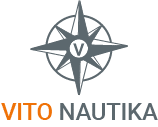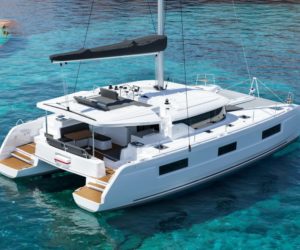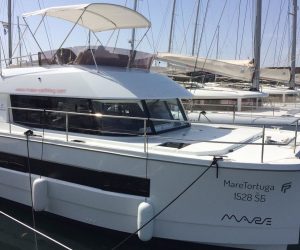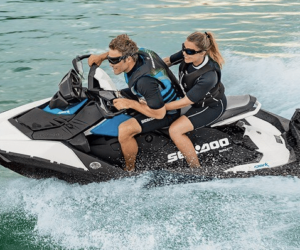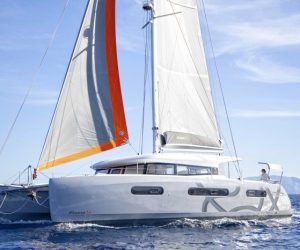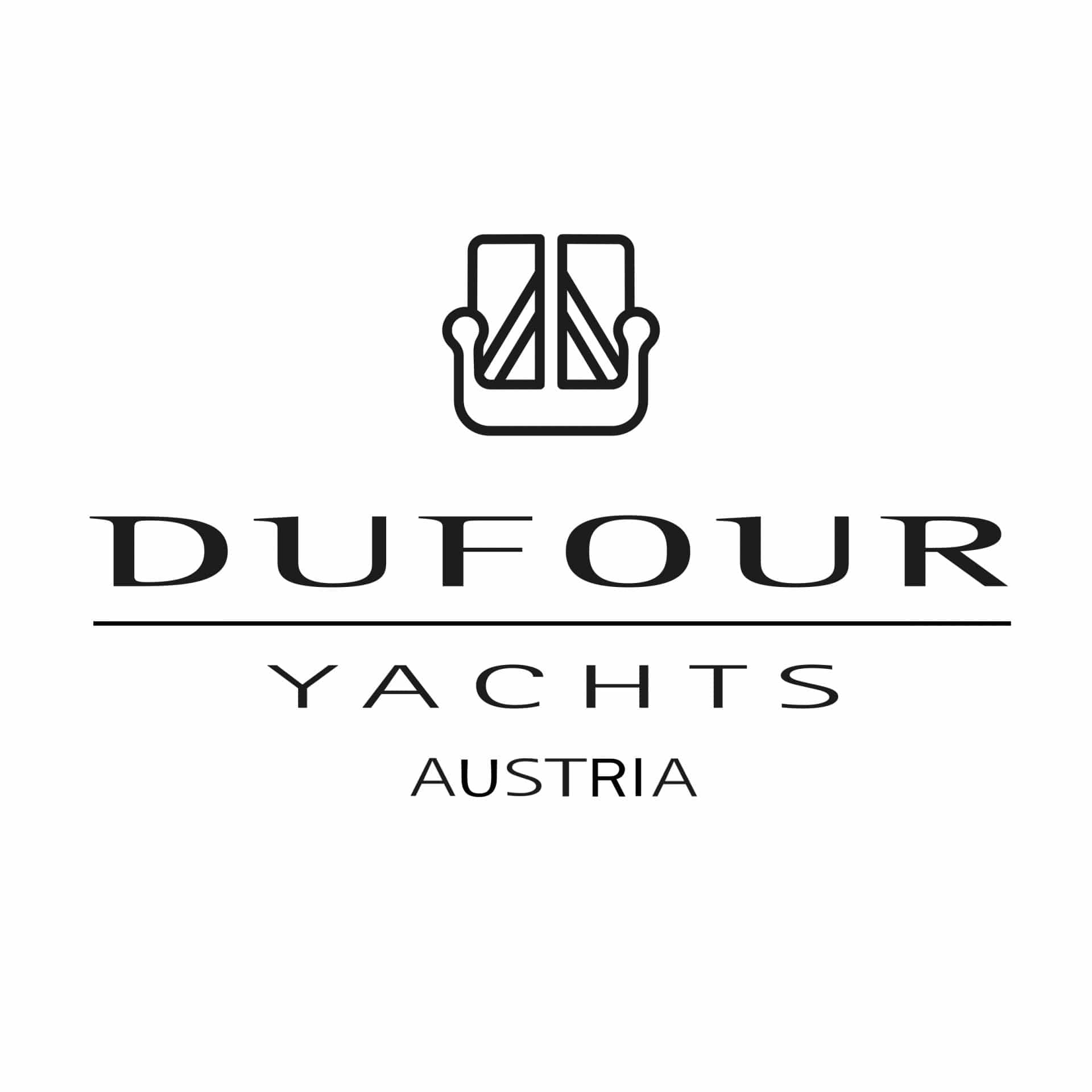Common mistakes when sailing in Istria
Sailing mistakes in Istria and how to avoid them

Inadequate planning of the route
Mistake: Many sailors make the mistake of not planning their route thoroughly enough. This can lead to them being caught unprepared in difficult weather conditions or dangerous sea areas.
Solution: Find out about the weather conditions and coastal features in advance. Use nautical charts and GPS systems to plan a safe and pleasant route. Also take into account emergency harbours in case the weather changes.
Underestimating the bora
Mistake: The bora, a cold downslope wind from the north-east, is often underestimated. It can occur suddenly and with great force, which can lead to dangerous situations on the water.
Solution: Follow the weather forecasts regularly and be prepared for sudden changes in the weather. Inform yourself about typical signs of the onset of the bora and seek shelter in a safe harbour at the first sign.
Lack of knowledge of local regulations
Mistake: Many sailors are not aware of the specific rules and regulations in Croatian waters. This can lead to legal problems and fines.
Solution: Familiarise yourself with the local regulations in advance. This includes navigation rules, anchoring bans and environmental regulations. Visit the official website of the Croatian Maritime Administration for detailed information.
Insufficient equipment
Errors: A common problem is inadequate or outdated equipment on board. This mainly concerns safety and communication equipment.
Solution: Check all equipment before every journey. Make sure that life jackets, fire extinguishers, first aid kits and communication devices are in perfect condition. Regular maintenance can be vital here.
Lack of knowledge of port manoeuvres
Mistake: Another common mistake is uncertainty during harbour manoeuvres, especially in busy marinas.
Solution: Practise harbour manoeuvres regularly and inform yourself about the specific conditions of the harbours you want to visit. Enlist the help of harbour staff if necessary and have enough fenders and lines ready to avoid damage.
Overcrowding in the high season
Mistake: Many sailors are surprised by the overcrowding in harbours and bays during the high season. This can lead to stress and difficulties in finding a berth.
Solution: Plan your trip outside the peak holiday periods if possible. If you are sailing in high season, book your berths in advance and start early in the day to find a good spot.
Neglect of the environment
Mistake: Some sailors leave rubbish behind or damage the underwater world by anchoring improperly.
Solution: Be a responsible sailor and don’t leave rubbish in the wild. Use mooring buoys where available to prevent damage to fragile underwater ecosystems. Learn about environmentally friendly sailing practices.
Lack of preparation for emergencies
Mistake: Many sailors are not adequately prepared for emergencies, whether they are medical in nature or due to a technical defect.
Solution: Draw up an emergency plan and practise it with your crew. Have a well-stocked first aid kit and spare parts for common technical problems. Know how to call for help quickly in an emergency.
Our summary
Sailing in Istria can be an unforgettable experience if you are well prepared and avoid the most common mistakes. With careful planning, the right equipment and the necessary respect for nature and local regulations, nothing stands in the way of a safe and enjoyable trip. Stay alert, responsible and well-informed to fully enjoy the beauty of this breathtaking coastal region.
